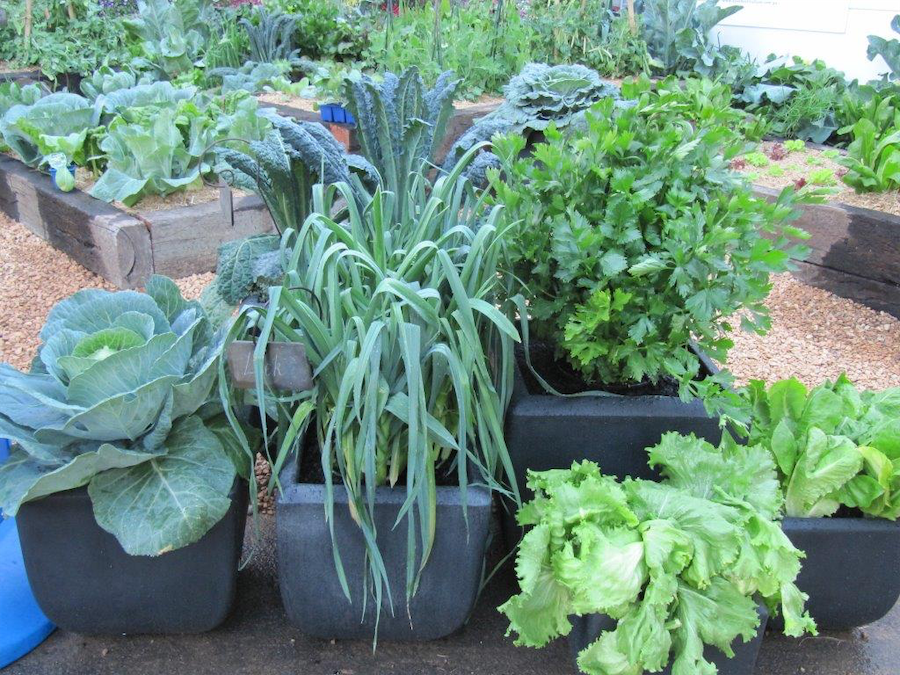
The chrysanthemum is possibly the one plant, above almost all others, that symbolises winter, says gardening columnist CEDRIC BRYANT.

FAMOUS 19th century plant hunter Robert Fortune, who introduced so many plants from China to the West, wrote in 1844: “The plants which stand next to dwarf trees in importance with the Chinese are chrysanthemums.
“So high are these plants held, the Chinese gardener will cultivate them extensively even against the wishes of his employer, even risking his job”.
One of the main reasons for its popularity is ease of growing and providing not only a splash of colour (but not blue or violet) well into autumn but also providing cut flowers in the home.
Chrysanthemums are part of the Asteraceae family and are found mostly in China, although there are some varieties native to the Mediterranean. The Chinese used this perennial plant for a wide variety of uses including medicines and wine making, where it was traditionally connected with longevity and immortality, especially when consumed on the ninth day of the ninth month.
Chrysanthemums have certainly stood the test of time (they are mentioned in writings as far back as the 7th century) and grow well in Canberra.
Incidentally, Peter Valder’s “Garden Plants of China” devotes a lot of room to chrysanthemums. Published in 1999, I consider it to be the bible of Chinese plants. It is one of the most prized books in my library and if you spot a copy in a second-hand bookshop or book fair, buy it without hesitation. It’s also readily available online with reasonable prices for good second hand copies.
A SEASONABLE reminder regarding rose planting; it is vitally important if replacing roses in the same place, that you dig out a full barrow load of existing soil and replace with fresh soil, preferably mixed with material from the compost heap. Don’t add fresh manures or artificial fertilisers.
The reason for replacing the soil is roses are subject to a soil-borne disease called simply “rose sickness” that can transfer to the new roses. It’s preferable to plant in new soil in a spot that receives at least eight hours of sunlight a day. Typically, roses start arriving at garden outlets next month.
NOW is the time to move any deciduous shrubs up to, say, 1.5-metres tall that may be in the wrong place, ie too crowded with other plants or too close to paths. Don’t worry about keeping any soil around the roots, but it is vitally important to keep the roots moist at all times.
With a sharp spade, dig at the same time cutting through roots a reasonable distance from the stem/trunk.
Once out of the ground, trim any curling or broken roots with sharp secateurs.
Decide in advance where the new location is to be and prepare the ground. As with roses, dig in rotted material from the compost heap, keeping all chemical fertilisers well away.
Once planted, form a bank around the plant to hold a minimum of a nine-litre bucket of water. Water the plant in with seaweed solution, which will encourage new roots.

NOW’S also a good time to see which veggie seedlings are on the shelves of the garden centre. This provides the clue of which winter veggies need to be planned for.
Who can be trusted?
In a world of spin and confusion, there’s never been a more important time to support independent journalism in Canberra.
If you trust our work online and want to enforce the power of independent voices, I invite you to make a small contribution.
Every dollar of support is invested back into our journalism to help keep citynews.com.au strong and free.
Thank you,
Ian Meikle, editor




Leave a Reply